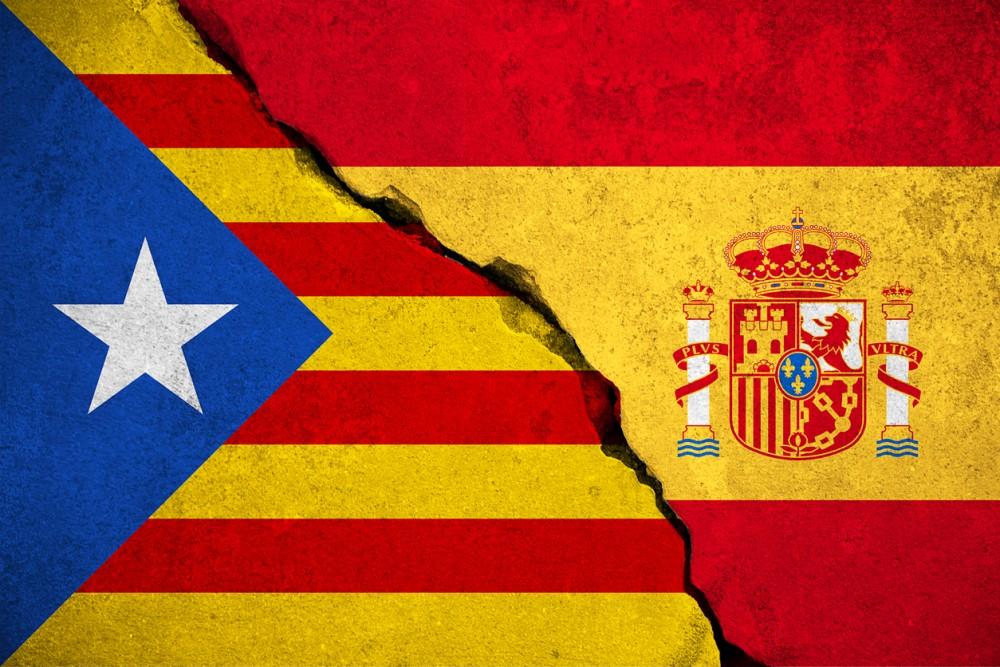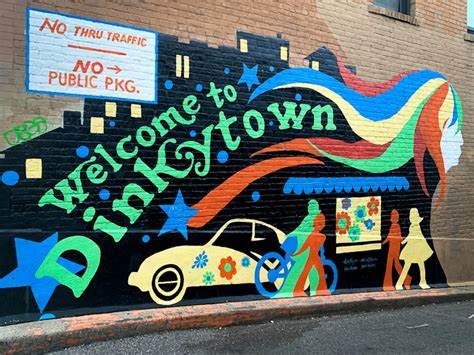Catalonian Independence Movement Moves Forward

spain flag on broken brick wall and half catalan flag, vote referendum for catalonia independence exit national crisis separatism risk concept
November 6, 2017
On October 27, 2017, the Spanish autonomous region of Catalonia declared independence from the Kingdom of Spain in a parliamentary vote. The vote was held in response to a Catalonian referendum for independence held on October 1 that yielded a 92 percent result in favor of Catalonia forming its independent republic outside of the union of Spain. This referendum was ruled illegal by the Spanish national government and had a voter turnout rate ofonly 42 percent.
After the declaration of independence, the Spanish prime minister Mariano Rajoy demanded that the current Catalonian government dissolve and called for new elections in December of 2017. Despite the considerable number of Catalonians who want independence from Spain many find the decision detestable. The Spanish loyalists rallied shortly after the declaration in Barcelona to express discontent.
Catalonia is familiar with separatist movements. Catalonia is a region with a distinct culture and language that is separate from Castilian, the traditional Spanish tongue. However, Catalan is not unique in this aspect. Spain has traditionally been an agglomeration of different Iberian peoples. The current prime minister of Spain, Mariano Rajoy, is a Galician. Galicia is a region in the northwest of Spain that speaks a language that is derived from Portuguese and has a unique cultural history separate from the Castilian crown. In his addresses regarding keeping the Spanish union together with the threat of Catalonian independence, Rajoy commented on how Spain was a union of different peoples who live together for the good of the country.
Despite their cultural notion, Catalonians are not the only unique tradition within Spain. However, their economic situation is different. Catalonia is the most economically active region of Spain, comprising 20percent of the Spanish economy. In a country with a terrible economy, a region that is full of tourism and most of the nation’s factories has a legitimate complaint in a socialist society. Catalonia sends all its money to Madrid only to appropriated back at a fraction of its original value. Perhaps a solution to the Catalonia problem is increased autonomy.
The Basque region, part of Spain that has a distinctly non-Romance (not derived from the Roman empire) heritage has also had separatist movements in the past. Contentment with the government was reached when Madrid allowed for more regional autonomy. Like Catalonia, the Basque region has a stronger economy when compared to Spain. Despite only being the fifth largest regional economy in Spain, compared to Catalonia being the first, the Spanish government has recognized the importance of Basque regional autonomy. The Basque region has the lowest unemployment rate in Spain and a better credit score than the central government in Madrid.
A recent poll conducted by Metroscopia indicated that only 19percent of Catalonian residents consider themselves exclusively Catalonian. This suggests that even if many Catalonians were to support independence, it would be simply out of binary pragmatism. Being given one choice or the other may sway some people to vote for independence out of a lack of confidence from the central Spanish government. Perhaps the solution for Spain is increased Catalonian autonomy. A situation with more self-determination may spur economic growth in the region and cool down cultural tensions.











